It wasn’t a daunting silence, but one of religious contemplation. The King Fahad Mosque in Culver City, with its geometric intricacies, sun-spotted mosaic tiles and towering marble facade, is the optimum setting to encourage Islamic practices.
In this setting, many women donned the hijab, a traditional component of Islamic dress. The styles ranged from modest black cloth, to vibrant paisley scarves. Some women wore their hair uncovered in loosely woven braids.
![The mosaic tiles at the King Fahad Mosque glimmer brilliantly at sundown. According to the mosque's website, the "handmade tiles [are] from Turkey."](https://archeroracle.org/wp-content/uploads/2015/04/IMG_9639-225x300.jpg)
“Head scarves are highly encouraged,” the King Fahad Mosque website
.
This center, one of 42 mosques in Los Angeles, serves as both a religious and educational center for Muslims and non-Muslims worldwide, according to its website.
An estimated 500,000 Muslims live in the Greater Los Angeles area, according to an article by Neil MacFarquhar in the New York Times.
At Archer, 134 students out of 481 students responded to a survey regarding their religious affiliations, leaving a margin of error of 7.2 points with a confidence level of 95 percent.
Two percent of the surveyed 134 Archer students openly identify as Muslim.
Muslim women have faced significant societal and religious pressures simply for their ties to the Islamic faith. They are incorrectly attributed to Islamic extremism, are either considered oppressed, victimized, disconnected or liberated.
“In the global debate on terrorism and the Islamic State – one voice has gone largely unheard, that of Muslim women,” Director of Inspire Sarah Kahn said in her article “Muslim Women Must Take the Lead in Fighting Extremists.”
“We bear the brunt of extremists operating in our communities with the anguish and hatred they leave in their wake,” she said.
The Media and Manipulation
“Islamophobia certainly exists — people have fear, ignorance and mistrust. Those are three different kinds of Islamophobia that lead them to be fearful about Muslims and Islam,” Edina Leckovic, Director of Policy and Programming at the Muslim Public Affairs Council, said.
Leckovic, a prominent figure in Muslim women’s activism, has participated in multiple programs dedicated to deconstructing and confronting Islamophobia, according to her biography on the Muslim Public Affairs Council website.
She identifies four roles in which society categorizes Muslim women.
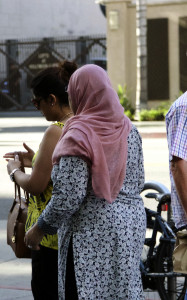
“We have oppressed, we have the victim and then we have the liberated Muslim woman, but usually that liberated Muslim woman is connected to a woman who has either taken off her scarf or hijab or who has left Islam,” she said.
In short, she suggested, the “liberated” Muslim woman is one who has abandoned an aspect of her faith.
“The fourth category is the best option we have which is the Muslim woman who defies the stereotype… but even with that framing there is still a negative message there because the standard is what you would expect, and the normal Muslim woman is the one who you don’t expect.” she continued.
“The media gives extensive time to these fringe groups but the great majority of Muslims find it difficult to reach the wider American public,” the Muslim’s Women League (MWL) wrote on its website.
MWL is a nonprofit organization “working to implement the values of Islam and thereby reclaim the status of women as free, equal and vital contributors to society,” according to its mission statement.
Sisters Marwa ‘15 and Madina Mohammed ‘17, both openly practicing Muslims within the Archer community, share a similar sentiment regarding the portrayals of Muslim women in the media.
“If the media does focus on women, they always focus on them in a weak setting — they got married off, they are getting abused by their husbands. It’s a very disempowering setting,” Madina said.
“Sometimes I feel it’s a little frustrating when all [the media] shows is a girl who is shy and wears the hijab and that’s really all there is to her, and she’s also submissive,” Marwa said. “Here in LA I feel like any other person and I feel like I can talk about what I want and be whoever I want and I don’t have to worry about other people trying to control me.”
Finding Empowerment or Disempowerment in Islam
Contrary to projections in the media and popular belief, many Muslim women find the Islamic faith to be “empowering.” Some Muslim women from Islamic theocracies may disagree with this sentiment.
In the period prior to the Iranian revolution, traditionalist radicals believed that society’s moral decay required a reversion to conservative and religious order, according to Tel Aviv University Department Head of Middle Eastern and African History David Menashri’s book “Post-revolutionary Politics in Iran.”
Iranian religious leaders feared rapid Westernization, for it strayed from strict, religious-based dogma and contradicted past mores, the book states.

Once the society fully transitioned into a theocratic dictatorship, the Ayatollah Khomeini enacted reforms to suppress Western influences, such as immoral urges and access to progressive modern media, Menashri argues.
After the Iranian Revolution, officials segregated the gender spheres.
Mitra Arya, an Iranian immigrant who escaped after the Iranian Revolution, shared her experiences as a non-religious women while Iran transitioned into a theocratic dictatorship.
“The society went from bad to worse,” Arya said. “We were oppressed — forced to succumb to a faith in which we had no conviction.”
While Arya felt oppressed by the faith, Leckovic affirms that, on a fundamental level, she finds the faith “empowering.”
“I think that the most appealing thing for me about Islam is the central message of compassion and mercy and justice,” Leckovic said. “[Islam] promotes justice and equality for everyone, not just Muslims.”
“I like that it’s about moderation because there a lot of people who are very extreme both ways and that’s just not how it’s meant to be. It’s about modesty and not giving into a life of luxury,” Marwa said.
“I think also it’s very personal, you have your own connection with God and you can go to anyone’s house to pray or ask for help for anything. It’s very personal,” she said.
Fear towards Islam may also stem from incorrect associations with Islamic extremism and failure to differentiate fundamentalism and extremism, Leckovic explained.
According to the Islamic Center of Southern California, contemporary Islamic extremism can be traced back to 18th century Middle East.
“It’s the conversion from an agricultural society to an industrial society. The new industrial society is no longer dependent on forces of nature, no longer limited to natural resources such as water and the weather and now it has productivity,” Dr. Mahommed Abdel of the ICSC said. “The contemporary extreme ideology can be traced back to the Wahhabi movement in Central Arabia in the mid-18th century.”
Interpretations of The Qu’ran, the Islamic holy text, are manifold. The spectrums ranges from those who follow loose interpretations to those who prefer literal interpretations. The latter is known Islamic fundamentalism.
The Wahhabi movement marked a revolutionary shift in Islamic ideals. Wahabism is a branch of Sunni Islam. Author J. Phillip London classifies it as “ultraconservative” in his book “Our Good Name.”
“[Fundamentalists] are not fascinated by modernity or by Western models in politics or economics,” Author Oliver Roy said in his book “The Failure of Political Islam.”
While fundamentalist in objective, critics debate whether or not fundamentalism implies extremism.
Differentiating Extremism and Fundamentalism
Modern media is dominated by Islamic extremist groups, such as ISIS and Al Qaeda. With a singular image of the Islamic identity, Leckovic says that the media is prone to incorrect projections of Muslim women.
“I think the media image of Muslim women [is] extremely limited,” she said. “They are limited to inaccurate portrayals.”
In essence, differentiating the portrayals of Muslims may help society develop a comprehensive understanding of the faith.
Fundamentalism manifests in a variety of forms; critics are constantly in disagreement over the distinction between fundamentalism and Islamism, and whether or not there even is a distinction in the first place.
“To all intents and purposes, Islamic fundamentalism and Islamism have become synonyms in contemporary American usage,” American-Israeli scholar Martin Kramer said in his essay “Coming to Terms, Fundamentalism or Extremism?”
Female status varies in fundamentalist ideals and Islamist ideals, Kramer argues.
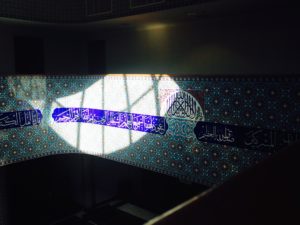
On a more intimate level, Leckovic thinks that communicating with people can remove the negative stigma attached to the word “Muslim.”
“It’s all about interaction and engagement,” Leckovic said. “The starting point is to actually introduce ourselves and just create relationships and friendships rather than educational opportunities.
“I just have to show society that we are people and we are not the extreme,” Marwa said.
Los Angeles and Islam
Leckovic believes that Los Angeles is a welcoming community for those who do decide to openly practice Islam.
“There are so many different walks of life here and I think that Los Angeles is also one of the most progressive and open-minded places you can find,” she said. “I find that by and large I have positive experiences out in public being identified as a Muslim wearing my hijab and my scarf.”
At Archer, events such as Diversity Day are opportunities for students to engage with other cultures and religions, especially with those that seem inherently different that their own.
“Diversity Day usually has…interfaith seminars,” Madina said.
Los Angeles is one of the most, if not the most, diverse city on Earth, maybe next to New York City.” -Edina Leckovic, Director of Policy and Programming at the Muslim Public Affairs Council
Finding Hope: Redefining the Stigma
Despite the religious adversity, the Muslim Women’s League is optimistic about removing the negative stigma from Islamic practices.
“We believe that there is hope in that message for our future, knowing that we have much more in common that we have differences,” its website states.
“I think there are glimmers of hope; there are Muslim woman who get interviewed by media and comment on breaking news, including me,” Leckovic said. “I think that’s a positive step… the media can let the Muslim women speak for themselves and show the diversity.”
“A Muslim woman who doesn’t wear a scarf can be as just a legitimate force of Islam as a woman who does wear a scarf,” she said.





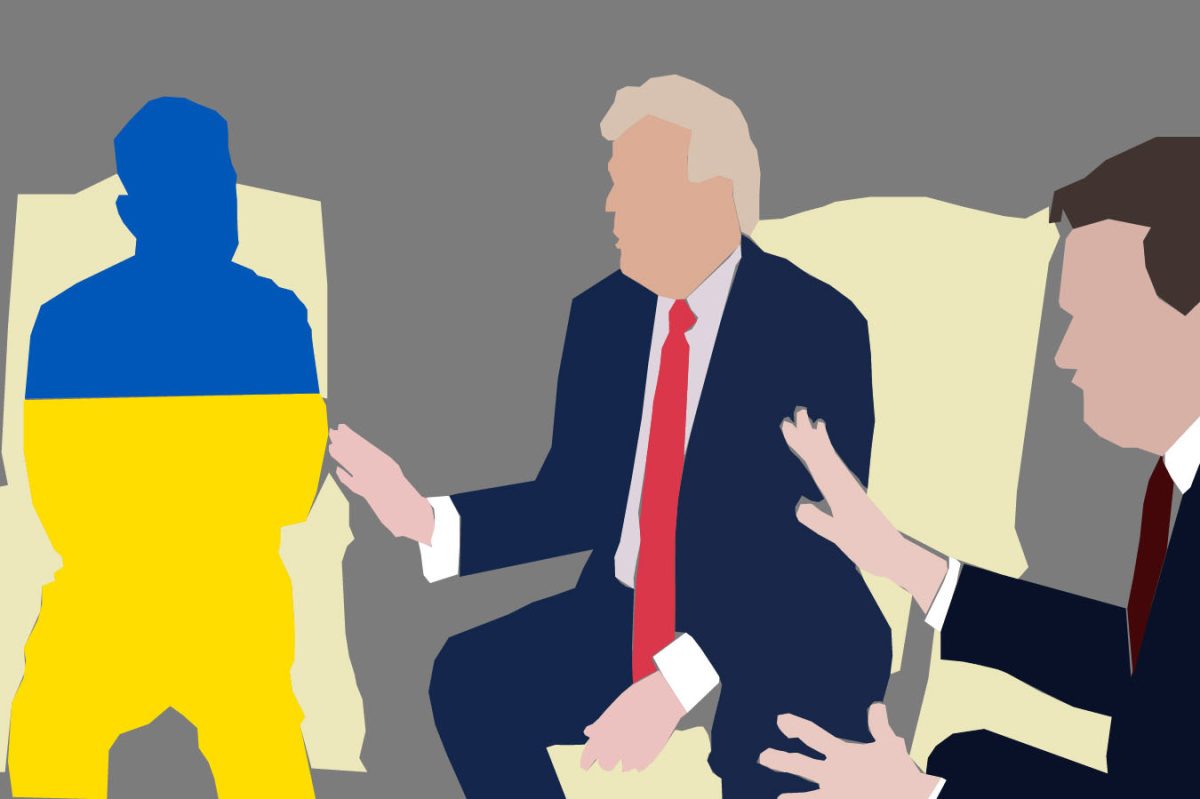


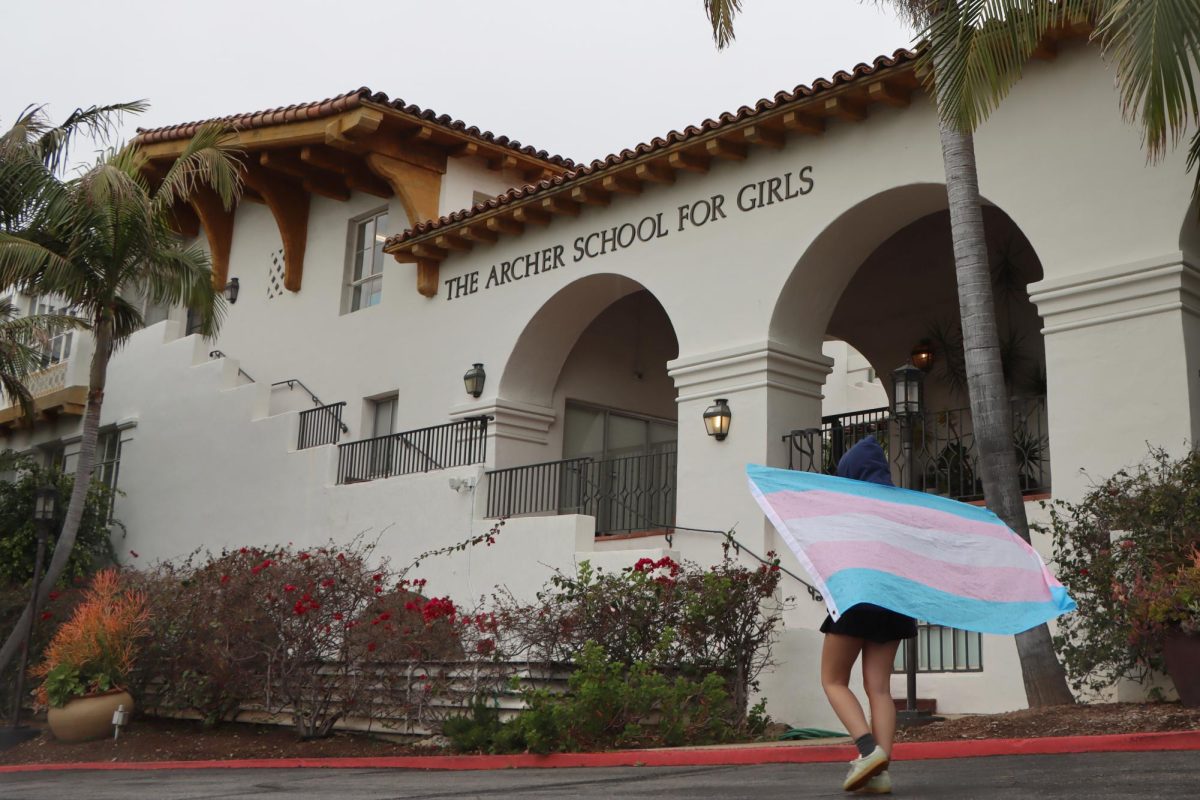
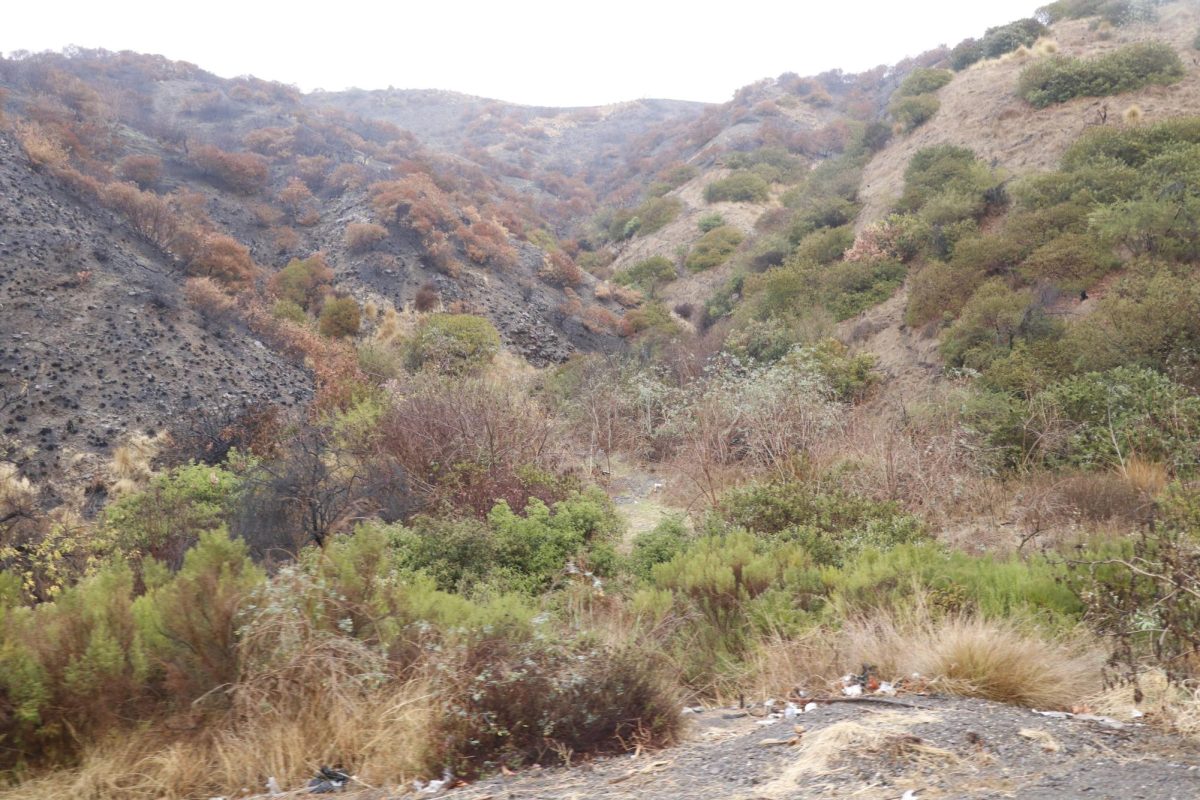
Mr. Robertson • May 18, 2015 at 1:15 pm
Yasmeen, I am so incredibly impressed. This is nothing short of professional quality writing and journalism… Well done, my friend! What an epic note to end the year on! Congratulations!